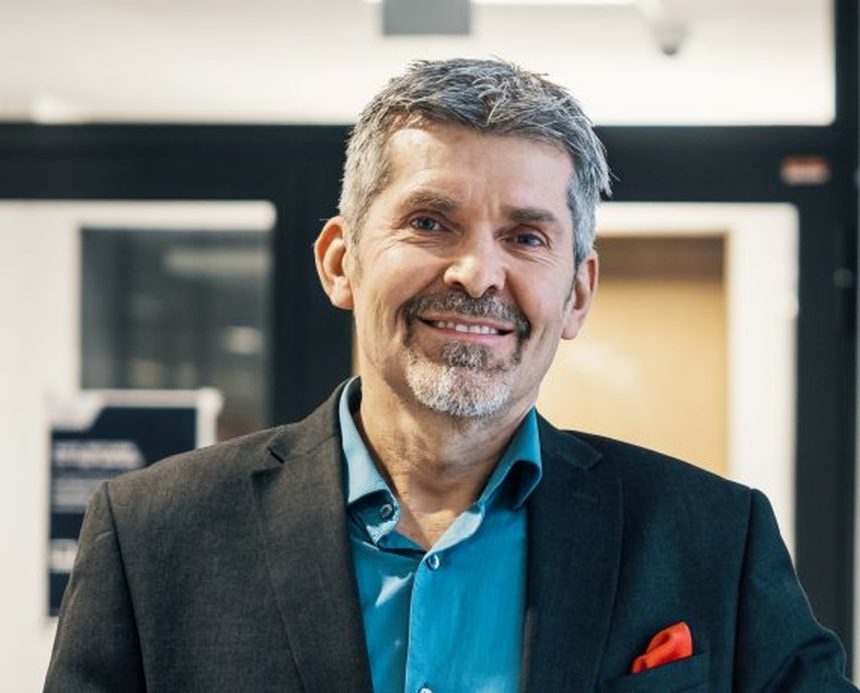Article by Kenneth Engblom - Vice President, Wärtsilä Energy, Europe and Africa
Africa's energy future at a crossroads
When it comes to Africa's energy future, the decisions facing the continent's leaders today are of historic importance, no more and no less. More than anything else, energy systems form the fabric of commercial activity and society. Countries across Africa want to realize their goal of building huge amounts of new generating capacity in order to anticipate the vast increases in energy demand and put the continent on the right track towards the growth and development it deserves. With its immense energy potential and low electrification rate, Mozambique is at the forefront of this continental trend.
Energy planners know where need to go. The big question is: "How?". More specifically: what is the most economical energy matrix that can be built to guarantee all the new electricity capacity needed? Wind power, solar power, gas turbines, coal, gas engines... There are many options available, but each country has a single ideal solution.
For more than a decade, Wärtsilä's world-class engineers and analysts have been using their wealth of experience in the African energy sector to answer these questions, country by country. We mobilized state-of-the-art, technology-neutral modelling techniques and took into account all local technical constraints and technologies, as well as natural resources. Various energy matrix scenarios were developed and compared. We ran the models rigorously and obtained telling figures. In Mozambique, Senegal or Nigeria, among many other countries, our studies reveal considerable cost differences between the various possible energy strategies.
Billions of dollars are at stake
When it comes to choosing energy technologies, it is essential to keep an open mind, free of any preconceptions. Technologies that may be suitable for Europe, given its existing infrastructure, population density or natural resources, may not be suitable for other regions of the world. Each country or region must find the best way to build its own energy system. Many African countries, however, have one important point in common: perhaps more than anywhere else, the models show that the route to building the best energy system in terms of costs is to maximize the use of renewable energies. Our latest study: "Planning Mozambique's optimal power system expansion" ("Planning a maximum expansion of Mozambique's energy system") shows that Mozambique is no exception, as in-depth modeling reveals a strong inverse correlation between the amount of installed renewable energy capacity and the total cost of the system.
One fact must be established once and for all. The cost of renewable energy equipment has been falling very rapidly in recent years, and when this equipment uses Africa's massive solar and wind resources, the cost you get per KW/h produced easily beats that of any other electricity technology. Add to this the fact that most of the continent's electricity grids are relatively underdeveloped, and it is more than obvious that renewable energies should be preferred to traditional power generation systems, such as coal or gas power plants.
Although governments across the continent have set relatively ambitious renewable energy targets, it's not always possible to get very far. Contrary to what certain industrial and political leaders may think, maximizing the amount of renewable energy that can be developed for the system is by far the most cost-effective strategy available, while at the same time guaranteeing a stable and reliable grid.
In Africa, renewable energies are set to become the new basic energy source. Indeed, renewable energies are intermittent, but combining them with more flexible power generation capacities will ensure grid stability, as well as saving billions of dollars.
The intermittency of renewable energies: a problem that has a solution
It would be wrong to consider the intermittency of renewable energies as an insurmountable obstacle. This is not the case, as these energies are associated with highly flexible ways of generating electricity, such as gas-fired power stations.
In order to keep the system balanced, a backup and peak energy source must be available, so that production is increased at a rate equal to the fluctuations in wind and solar production, but also to keep up with variations in energy demand throughout the day. The systems must be able to cope with huge daily variations in seconds or minutes.
Gas-fired power stations are the only source of backup generation designed to do just this. They will keep the system safe, while allowing the grid to integrate huge amounts of cheap renewable energy. For Mozambique, the studies reveal a difference of US$ 84 million in the total cost of the system over the next 10 years, between a system incorporating large volumes of renewables coupled with flexible gas generators, and a system based on inflexible thermal generation with minimal renewables capacity. Between now and 2050, the cost savings could run into hundreds of millions of dollars.
Renewable energy and flexible gas: the two pillars of a good energy strategy
Renewable energies and flexible gas are the two pillars of a good energy strategy for Africa. Similar studies carried out in other African countries indicate that this energy matrix strategy will produce energy efficiency worth billions of dollars across the continent in the coming decades.
Highly ambitious renewable energy targets across Africa are not only achievable, they are also the soundest and most cost-effective strategy for the successful electrification of the continent. Making smart strategic decisions will lead to more resilient electricity systems and offer far greater efficiency for the systems as a whole.
About Wärtsilä
Wärtsilä is a global leader in intelligent technologies and complete lifecycle solutions for the maritime and energy markets. The company has delivered 76 GW of power plant capacity in 180 countries around the world. In Mozambique, Wärtsilä designed, built and currently operates the 174 MW gas engine-fired CTRG power plant, which is partly owned by EdM.



Leave a Reply